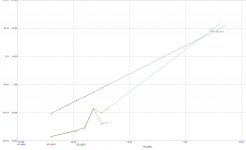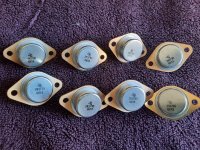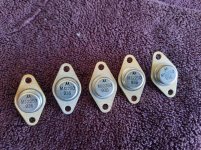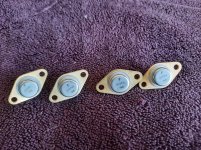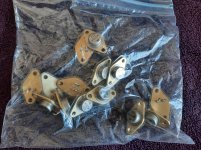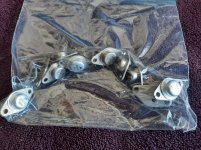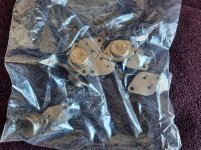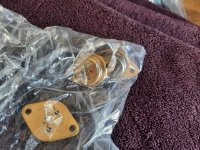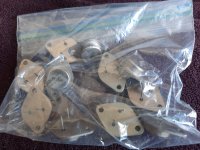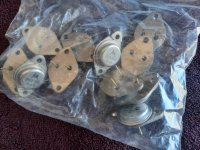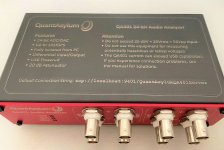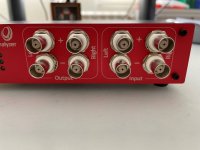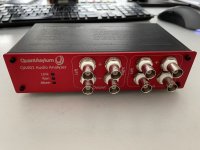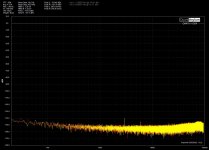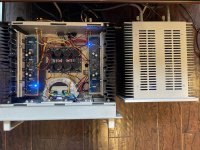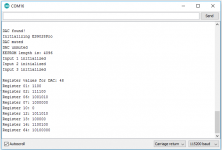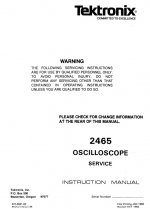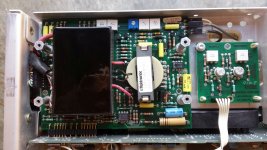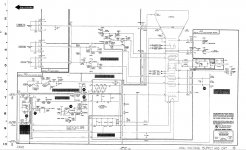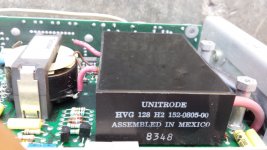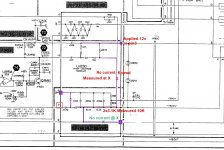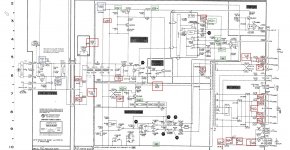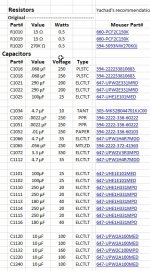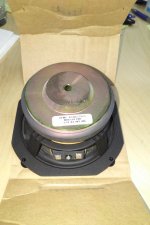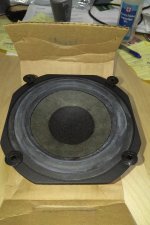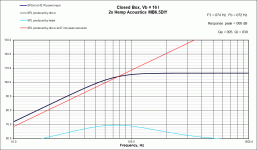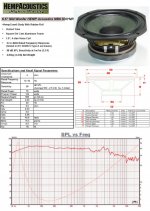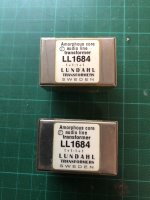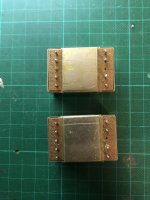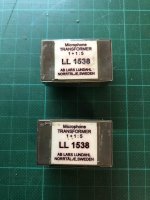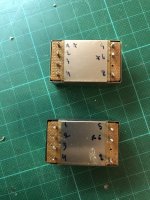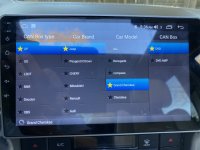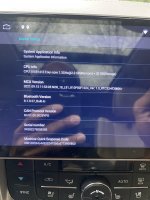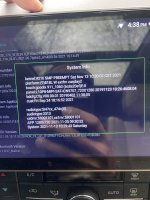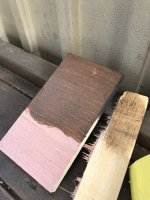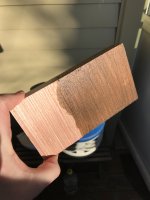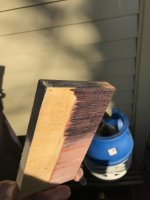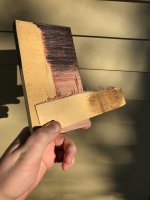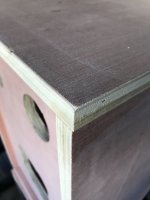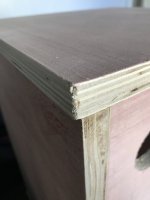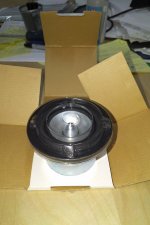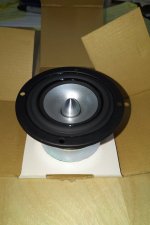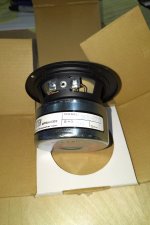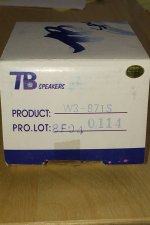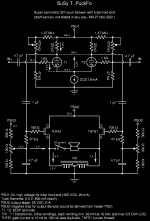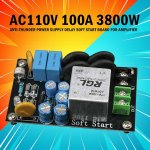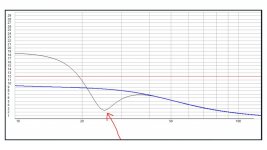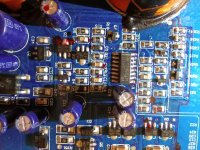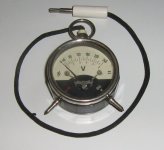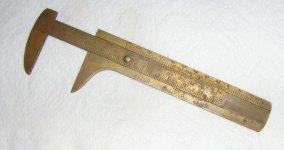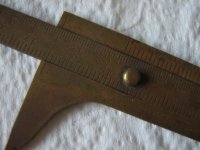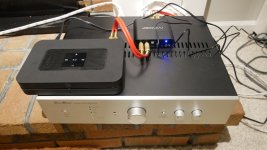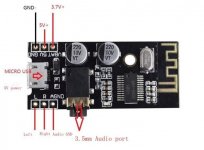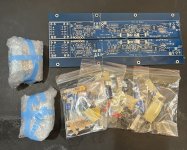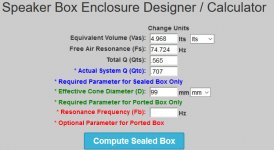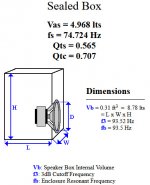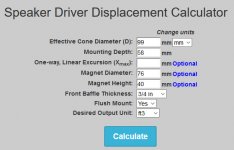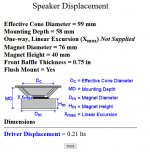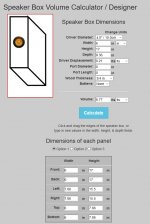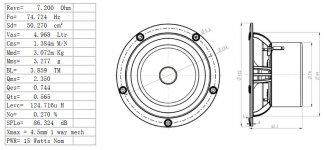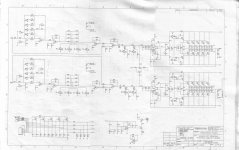Retired and enjoying it, I decided to repair my 2465 scope that died about 4 years ago. It didn't get much use. Before dumping it {didn't have the heart} I revisited the fault because I now have the time.
Fault: NO Display and passes the power on tests and front panel leds are correct. A9 Q1981??? gets very hot and the -15v is 4v.
I downloaded a 2465 service manual {Image 1} and started diagnosing, the first thing I noticed was that the A9 PCA layout and schematic was not like mine {Image 2 & 3} Close but not good enough, hence the ???. Now for the sad bit, I can't find the back panel and therefore don't know the serial number. The A9 is part number 670-7277-07 {Image 4}
Moving on I disconnected pin 7 of the HV multiplier U1803 and the -15 was now o/k and no over heating of Q1981.
I have downloaded PCA layouts & Schematics for a nunber of 2465A,B and they seem to use the same A9 152-0805-00 {Image 5} therefore assuming this I continued.
Applying 12v to pin 3 of U1830 to pin 9 there was no current flowing, even forward biasing the high voltages internal diodes.{Image 6}
In my opinion I suspect U1830. Why it causes Q1981 to overheat i don't know, I was looking for a short or maybe T1970 is not oscillating, I need a scope.
Checked all the voltages and are close to those indicated in the schematics. Measured both low and high value resistors and are all within 5%. pin 7 is still disconnected.
Checked the CRT pins to ground and all infinity resistance. The DMM is old like me, never been calibrated.
Checked the
electrolytic caps the best i can but will not change components without a good reason, you know the saying.
Thanks to Yachad's excel spreadsheet I found when surfing, I have marked all the caps that require changing if needed. {Image 7} {Image 8}
Any suggestions or any questions as to what I have left out let me know?
How would I go about getting the correct manual without a serial number? Would a particular PCA part number help?
Thanks
gazza
